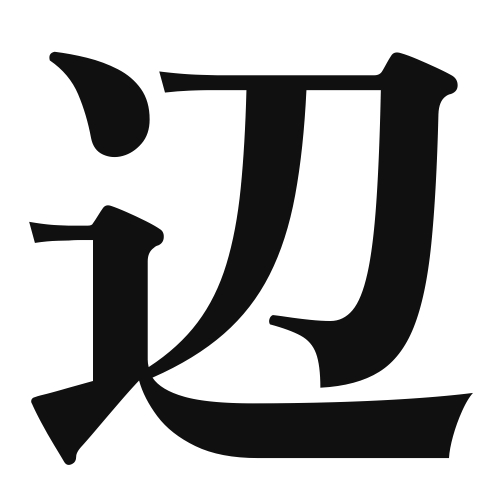1. Overview of Meaning
The kanji “辺” (hen) generally means “side” or “area.” It is often used to refer to the vicinity or surrounding area of a place.
2. Formation and Radical
Formation of the Kanji: The kanji “辺” is a compound character that combines elements to convey its meaning. It consists of the radical “氵” (water) and the character “邊” (which means “border” or “edge”). This combination suggests a connection to geographical features.
Radical: The radical of “辺” is “氵,” which is related to water, indicating that it often pertains to areas near water bodies.
3. Examples of Usage
Common Words and Phrases: Some frequently used words that include “辺” are “辺り” (atari – vicinity) and “辺境” (henkyou – frontier).
Example Sentences in Daily Conversation:
- この辺は静かです。 (Kono hen wa shizuka desu.) – This area is quiet.
- 駅の辺りにレストランがあります。 (Eki no atari ni resutoran ga arimasu.) – There is a restaurant around the station.
4. Synonyms and Antonyms
Similar Kanji: A similar kanji is “側” (soku), which also means “side” but often refers to a more personal or intimate side, like “side of a person.”
Opposite Kanji: An antonym is “中心” (chuushin), meaning “center,” which indicates the middle point as opposed to the edge or side.
5. Cultural and Historical Background
Relation to Japanese Culture: The concept of “辺” is significant in Japanese culture, especially in geographical contexts, as many traditional practices and beliefs are tied to the land and its features.
Proverbs and Idioms: An example of an idiom is “辺りを見回す” (atari o mimawasu), which means “to look around,” emphasizing awareness of one’s surroundings.
